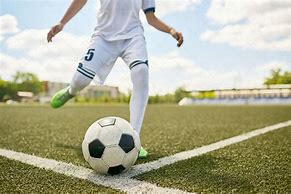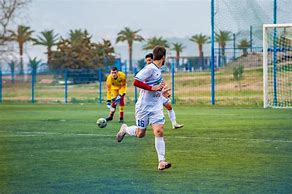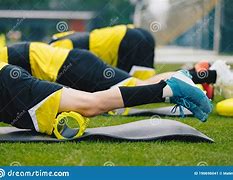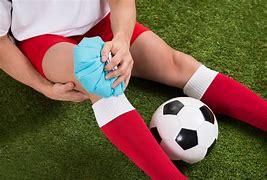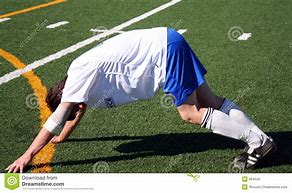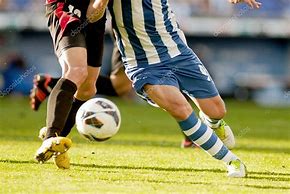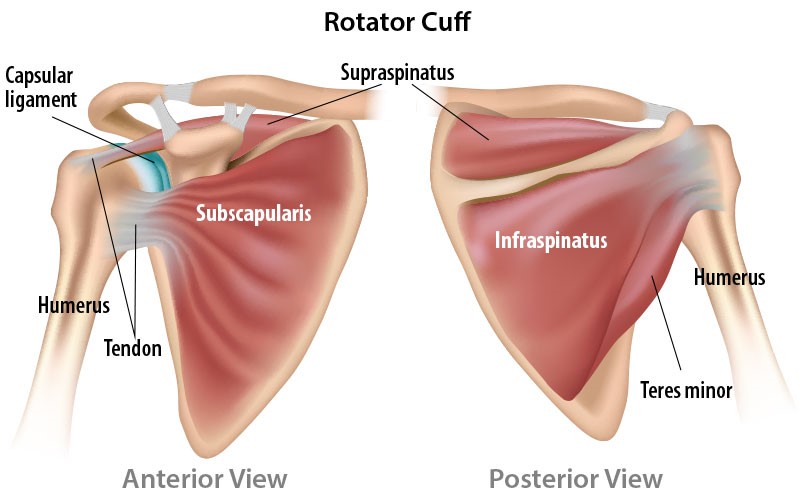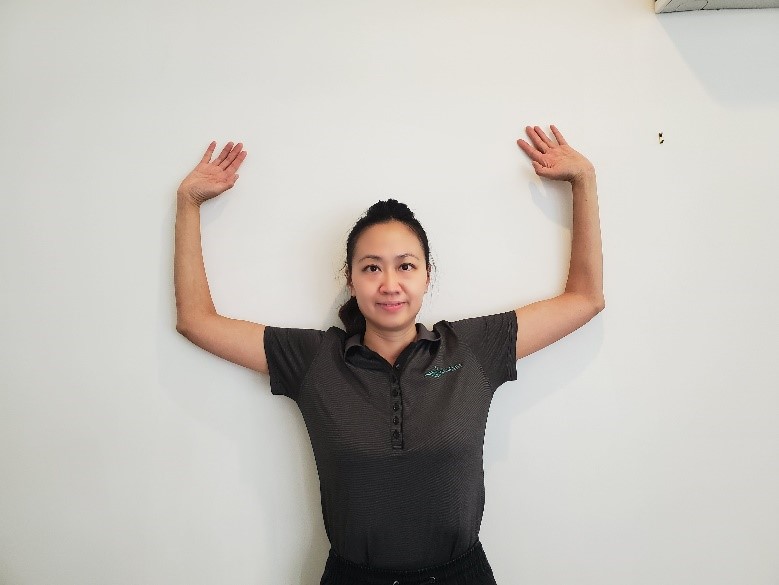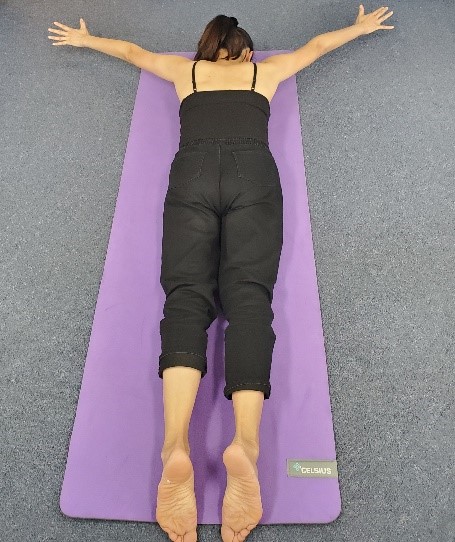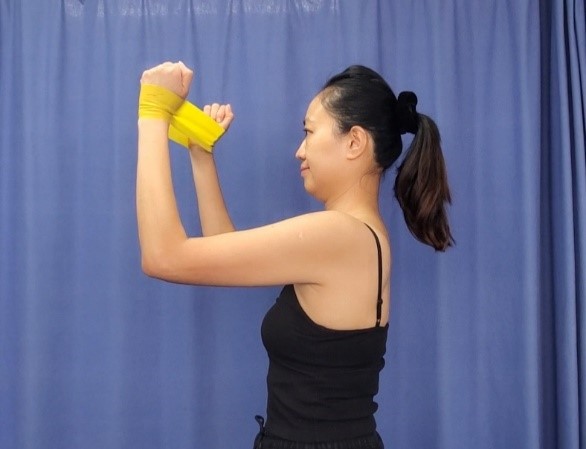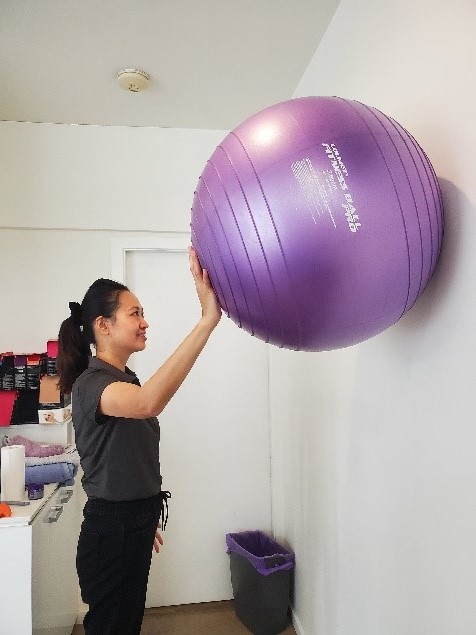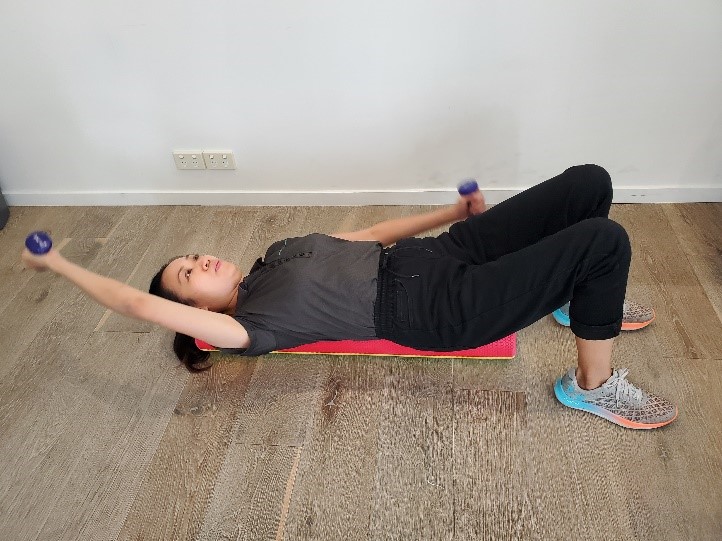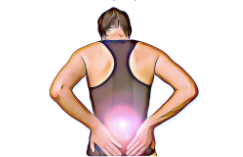Posture
Stand up straight, put your head back, stop slouching…
Please don’t. When it comes to posture, or correcting a dysfunctional/uncomfortable posture, there is a lot more involved than attempting to mimic what is considered ‘good posture’. The vast majority of postural muscles are designed to maintain positions for hours and hours on end. When we attempt to mimic a posture, we often use other muscles – they can move us into a certain position but will not sustain that position comfortable or without issue.
Retraining posture requires a deeper understanding of the anatomy that is involved, an assessment of the capacity of these muscles and ruling in or out any imbalances that are present or contributing to the presenting symptoms. As physiotherapists, we often find ourselves wondering why someone is moving a particular way, and love getting our hands on the task of figuring it all out, to make things a little more comfortable.
Here are a few helpful tips to try to improve your day-to-day posture:
- Move your legs & feet around if you are travelling – in a car, plane boat or plane for hours on end.
- It’s okay to not sit bolt up right in your chair all day long – lean more to your left, your right, let your back relax, move your shoulder blades up and down, round and round. Even slouch for a little bit – be daring.
- Be mindful of when you are looking at your phone – it is rare that phone use does not require a head down posture – in bed, on the couch, sitting, standing or laying down.
Postural Truths:
- There is no such thing as the perfect posture. We are all built differently and are required to do different things in our day to day. The perfect posture should describe the ideal position for you, during that task, at that very moment.
- Change your position/posture regularly. If you are sitting, looking at a screen – look up……. look down……look left & right……now look back here. If you spend a lot of time at a computer during your day, do this every 10 minutes. If you use a sit to stand desk – that’s great. Sit down when you start leaning more on one leg, stand up when you start fidgeting or moving around in the chair. It may surprise you have often this happens in a day.
- Lasting changes to posture take time, assessment, and tailored exercise. Be patient.
- ‘Posture correction devices’ exist. These may work for some and not for others – posture is rarely a cut & paste matter.
- There are many reasons for postural issues, and these change over time. A forward neck, posture with rounded shoulders is currently a common presentation – in another decade, this may not be the case.










 As we come to the busy festive season, many people set out for the long drive interstate to visit family. Just the thought of being cooped up in a car for hours on end might make you start to ache. After just returning from a driving trip to Sydney, Raine has some great ideas to help you arrive at the other in better shape, and hopefully not flare up your old neck and back issues.
As we come to the busy festive season, many people set out for the long drive interstate to visit family. Just the thought of being cooped up in a car for hours on end might make you start to ache. After just returning from a driving trip to Sydney, Raine has some great ideas to help you arrive at the other in better shape, and hopefully not flare up your old neck and back issues.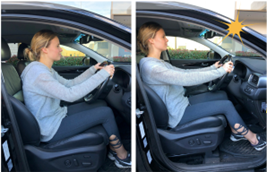
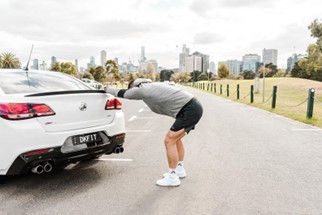 We want to slip, slop, slap on long drives and even if it’s not sunny, the sun is still out. Don’t forget to stop and reapply, take a load off, have a coffee and do some exercises. It doesn’t have to be a whole routine, walking around the car park a few times is good and if you can do a fast walk, that’s great. Practice some squats or sit to stand off the bench, or some push-ups if you’re feeling up for it. Stretches are great and doing some twists for the lower back or some forward bends are essential, neck stretches can come in handy as well for those who get a sore neck after a while.
We want to slip, slop, slap on long drives and even if it’s not sunny, the sun is still out. Don’t forget to stop and reapply, take a load off, have a coffee and do some exercises. It doesn’t have to be a whole routine, walking around the car park a few times is good and if you can do a fast walk, that’s great. Practice some squats or sit to stand off the bench, or some push-ups if you’re feeling up for it. Stretches are great and doing some twists for the lower back or some forward bends are essential, neck stretches can come in handy as well for those who get a sore neck after a while. Dance is an art form that demands grace, precision and boundless creativity. Adolescent dancers, in particular, are at a critical stage of physical and artistic development. As they strive to achieve their full potential, it is essential to recognise the significant role that strength training plays in nurturing their talent. Beyond the aesthetics of dancing, comes the demands of physical strength. Strength training offers numerous benefits that can elevate a young dancer’s performance and ensure a sustainable and successful career.
Dance is an art form that demands grace, precision and boundless creativity. Adolescent dancers, in particular, are at a critical stage of physical and artistic development. As they strive to achieve their full potential, it is essential to recognise the significant role that strength training plays in nurturing their talent. Beyond the aesthetics of dancing, comes the demands of physical strength. Strength training offers numerous benefits that can elevate a young dancer’s performance and ensure a sustainable and successful career.

 Perhaps the most important question, how? The simple answer is strength training in whichever way the performer enjoys the most whether it be strength training at the gym, gym classes, a personalised program from a physiotherapist, barre or reformer Pilates. It can often be challenging to encourage even the most dedicated performer to comply with a strength training program but there is one way to always make it more fun, do it with friends, in a group class or a with a team- a way that makes it more social and enjoyable for everyone.
Perhaps the most important question, how? The simple answer is strength training in whichever way the performer enjoys the most whether it be strength training at the gym, gym classes, a personalised program from a physiotherapist, barre or reformer Pilates. It can often be challenging to encourage even the most dedicated performer to comply with a strength training program but there is one way to always make it more fun, do it with friends, in a group class or a with a team- a way that makes it more social and enjoyable for everyone. solid physical foundation, preventing injuries and enhancing flexibility are paramount. The fusion of strength and grace elevates their artistry, enabling them to become well-rounded, versatile and confident dancers. Dance is not just about movement; it’s a harmonious interplay of strength, and beauty that comes alive when nurtured with passion, determination, dedication and discipline.
solid physical foundation, preventing injuries and enhancing flexibility are paramount. The fusion of strength and grace elevates their artistry, enabling them to become well-rounded, versatile and confident dancers. Dance is not just about movement; it’s a harmonious interplay of strength, and beauty that comes alive when nurtured with passion, determination, dedication and discipline.